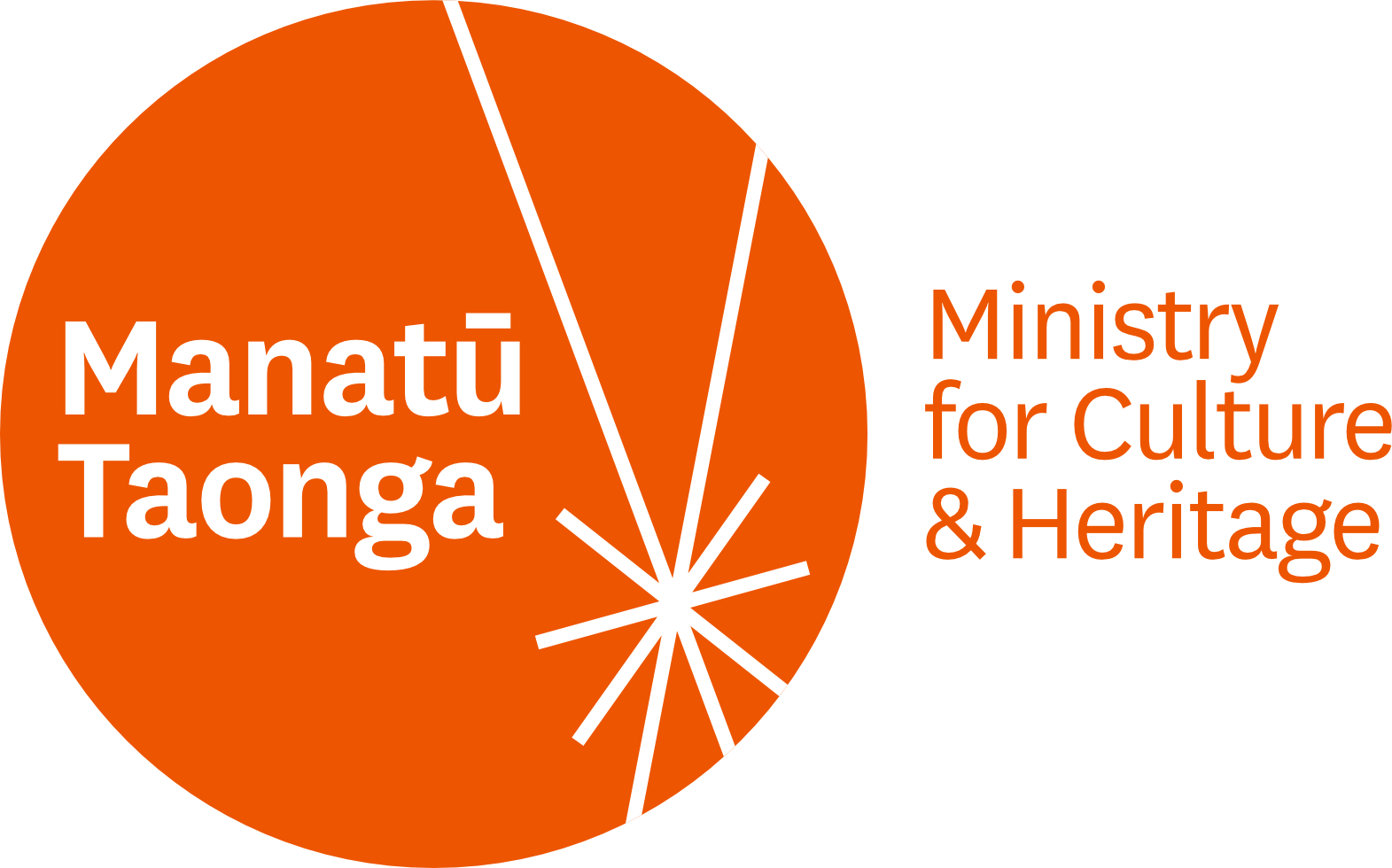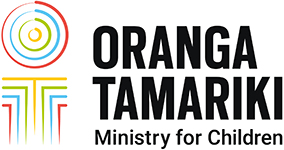Rewards and challenges of teaching art in prison
26 November 2014
Central Otago artist Sally Jory joined the Otago Corrections Facility as an art tutor in August 2013. She teaches two days a week with three classes a day.
“ There’s a maximum of five prisoners in each class but the numbers vary because prisoners come and go, which is normal in a prison environment,” she says.
There’s a maximum of five prisoners in each class but the numbers vary because prisoners come and go, which is normal in a prison environment,” she says.
“Most of the teaching is about the basics of art making and when they master that, I find it very rewarding. The men appreciate anyone coming in and helping them and get a real sense of achievement when they complete what they’ve been working on.”
Last year, Sally completed an Advanced Diploma of Art and Creativity from the tertiary institution, The Learning Connexion. Over the years, she has also taught art in schools and has worked with children to paint large murals on her local school and library.
Arts Access Aotearoa asked Sally some questions about her work as an art tutor at Otago Corrections Facility.
Q. Do you think the work of prison art tutors is important? If so, why?
A. I think what prison art tutors do is important because prisoners benefit in so many ways. They get the opportunity to learn new art skills, and explore mediums and techniques they haven’t tried before.
In my classes, we do drawing, painting and crafts. Many of the men have already done a lot of drawing before but haven’t painted. It is a matter of getting back to basics and working from there.
 It is great seeing progress and people gaining in confidence. We have now completed two large murals, which were group projects. For crafts, we have been doing paper mache, stick models and photo frames. There’s also been an anti-violence poster competition.
It is great seeing progress and people gaining in confidence. We have now completed two large murals, which were group projects. For crafts, we have been doing paper mache, stick models and photo frames. There’s also been an anti-violence poster competition.
Prison art teaches basic life skills that some prisoners lack. Things like working in a group, following instructions, problem solving, working within boundaries and finishing a project.
Art provides a space for people to de-stress and use their time productively. It’s wonderful to see their sense of pride in finished work. Some have discovered a talent they didn’t know they had. A few people would like to take on further art study and gain qualifications.
As well as benefiting the prisoners, art has a positive effect on the staff and is an opportunity to beautify surroundings.
Q. What is the most successful arts activity you’ve done with the prisoners?
A. The paper mache nativity scene we did last Christmas was a very successful project. The process was interesting and I think that most men enjoy making anything that’s three-dimensional.
 There was a brief and a deadline to work to. It was a surprise how traditional it turned out, considering some prisoners had no concept of the Christmas story. However, it was still alternative: Mary had a blue Mohawk and there was a nativity biker on a Harley.
There was a brief and a deadline to work to. It was a surprise how traditional it turned out, considering some prisoners had no concept of the Christmas story. However, it was still alternative: Mary had a blue Mohawk and there was a nativity biker on a Harley.
Rolled-up newspaper was taped and glued with flour and water paste, then finished off with paper mache clay, which was sanded, painted and varnished. Those not involved with making a figure helped construct the stable out of cardboard boxes. There was a joyful vibe putting it all together for display.
We haven’t added to the nativity scene this year but it would be great to make some animals for it in the future. It will soon be taken out of storage and exhibited again for the Christmas period.
Q. What are some key challenges working in a prison environment? How you have dealt with them?
A. Here are three key challenges for me:
 Working with different levels within the one class can be a challenge. I try to plan different art activities happening during the class to accommodate the varying levels within the one group.
Working with different levels within the one class can be a challenge. I try to plan different art activities happening during the class to accommodate the varying levels within the one group.- There’s a restricted range of materials, which affects the delivery of the programme. It means you have to be creative in your thinking and I try to use materials that are available or cheap/recycled. I also go to libraries and search the internet for ideas.
- Managing people who like to push the boundaries is a challenge. I got in touch with other prison art tutors and found out how they run their programmes. I provide a certain amount to the prisoners in terms of resources and requests but I’ve also learned to say no. Firm boundaries and consequences are important.
Q. What ideas do you have for future projects?
A. I hope to work with staff to set up an area at Otago Corrections Facility to display art. I’m also keen to get the prisoners creating more murals, which can be used to beautify the facility. I’m also looking to introduce some simple printmaking techniques that the prisoners can use.
Finally, I’m keen to support and encourage students who want to sign up for art courses through Te Aho o Te Kura Pounamu - The Correspondence School.
Q. List three things that are important in making your job enjoyable.
A. Here are my three things:
- wonderful support and training from the two Programme Co-ordinators, Diane Moses and Michelle Tredwell, as well as the professional officers and friendly staff members
- positive feedback from prisoners who appreciate the programme
- interesting work that extends me creatively and personally.




